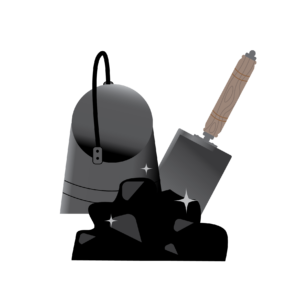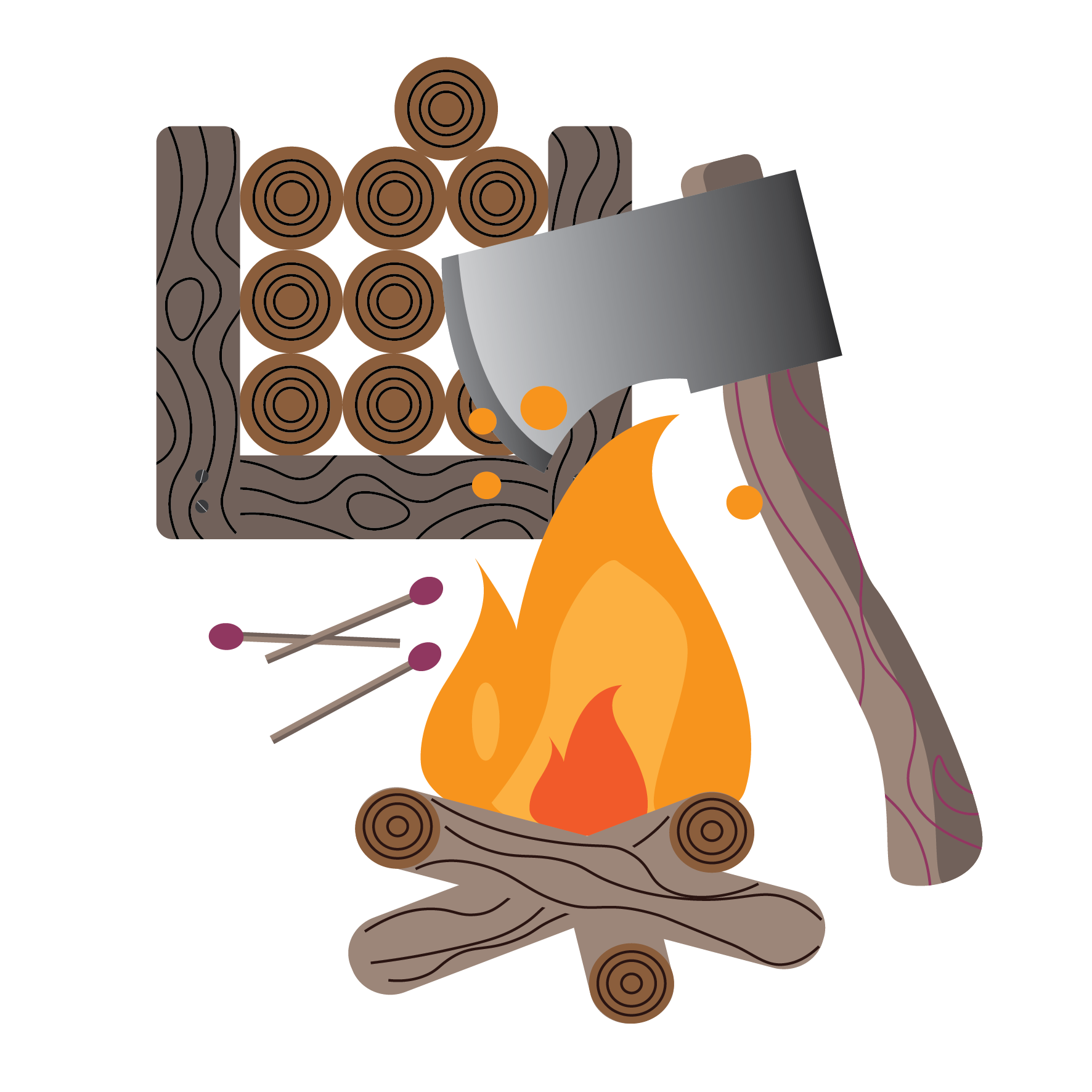Should you burn coal?
Currently, there is scrutiny over burning wood and coal in people’s homes. This is to help improve air quality in cities across the UK.
They say the domestic burning of house coal, smokeless solid fuels and wet wood is the single largest primary contributor of harmful sooty particles. Our mission is to refine and improve current conditions as using Firemizer can reduce harmful particulates by 72%.
This leads to the question, should we be burning coal in our homes?
These are some of the pros and cons of burning coal!
Pros
- The most common type of coal is anthracite, the dense composition results in high enter efficiency.
- The production of coal is on the rise and as a result, the stock of coal is abundant.
- The cost of coal is low and remains stable compared to other heating sources.
Cons
- Coal is a finite source, eventually, it will run out and damages the environment in a non-reversible manner.
- Ash from the coal contains harmful metals, handling the ash with care is important and making sure the disposal of the ash is safe.
- We all know coal damages the atmosphere, the release of carbon and sulphur dioxide makes coal the number one contributor to Co2 emissions.
- The way to reach coal is environmentally intrusive, mountains become raised and abandoned mines pose a variety of dangers.
 Coal and Multi fuel stoves
Coal and Multi fuel stoves
Multi-fuel stoves can burn coal and wood. But not all multi-fuel stoves burn wood as efficiently as a log burner would. This is due to wood needing to sit on a bed of ash with air coming from above. Coal requires an oxygen source from beneath it in order to produce an effective fire, this is why multi-fuel stoves have raised grates.
Never burn wood and coal at the same time. Coal emits sulphuric acid and combined with the moisture levels from wood creates a corrosive substance that can damage your stove system.
Smokeless fuels
They give out a higher heat and can last 40% longer than coal. More heat makes it into the room rather than being wasted up the chimney. Using Firemizer with your smokeless fuel will burn longer and you will use less fuel to heat your homes and spend significantly less money on fuel.
Smokeless fuels are much better for the environment, these fuels were created to make smoke free areas across the UK and improve air quality. Household Coal can create up to 20% more carbon monoxide than a fire that uses smokeless fuels.
Man-made smokeless fuels can be burned with wood. These can actually assist logs as it burns quicker.
We know that coal isn’t the best for the environment and nowadays there are plenty of alternatives if you are looking to make the switch however many people still rely on burning coal as their heating source.
More information on coal and the environment here!
 Tools
Tools Air pollution
Air pollution Wood fuel and moisture content
Wood fuel and moisture content  However, if you are using
However, if you are using